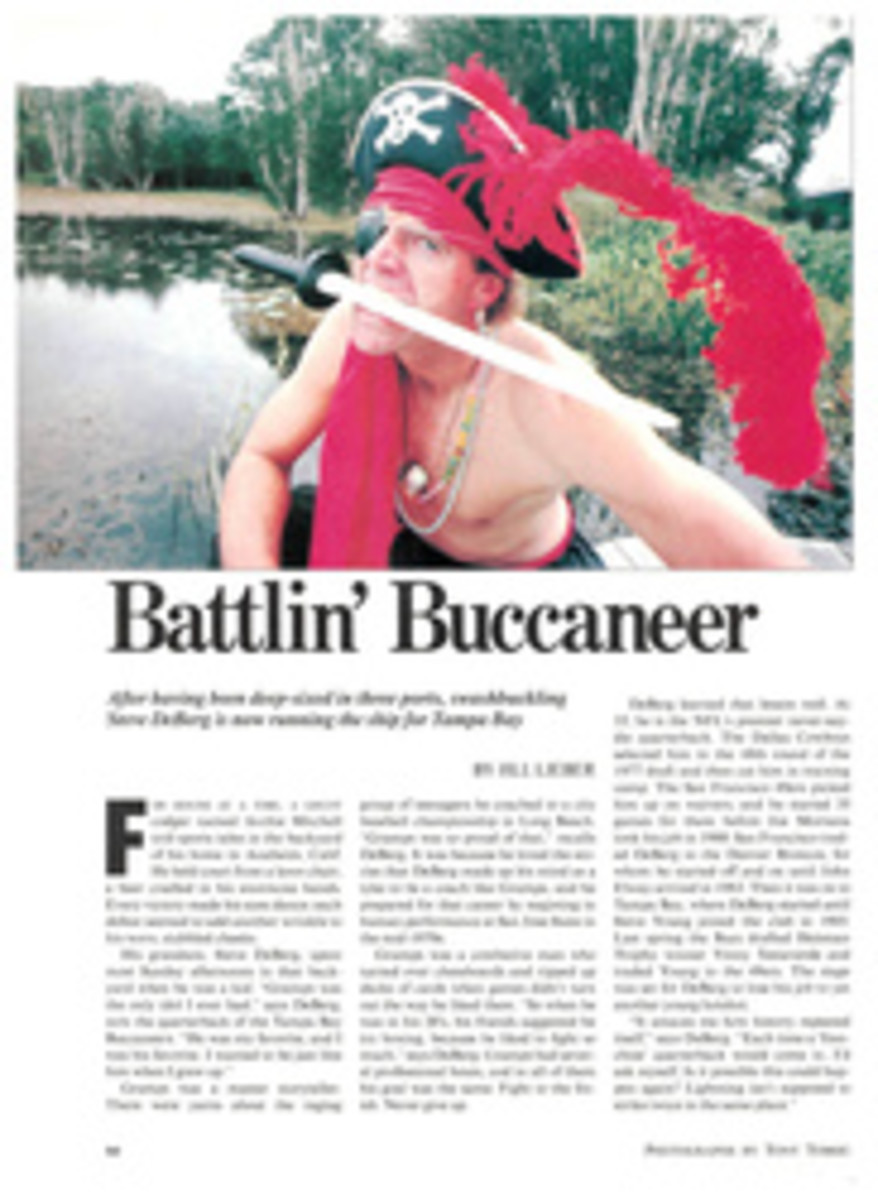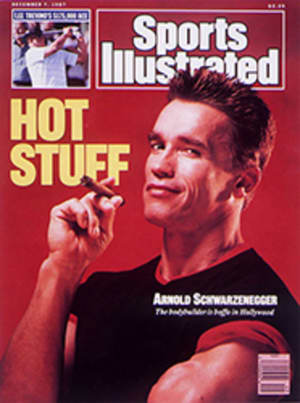
A COURSE ON MAN AND THE HORSE
It is well-known that the "coffee-table" book, so named for its resting place, is an expensive tome that one almost never buys for oneself, and most certainly never reads. Happily, there are exceptions to the rule, and The Horse in Sport (Stewart, Tabori & Chang, $35) by William C. Steinkraus and M.A. Stoneridge, is one of them. A companion volume to a British TV series, which is now available in the U.S. on videocassettes, the book is well-written, informative and even amusing as it surveys, in 272 pages, man's relationship with the horse.
More than 200 color photographs beautifully capture the subject in various forms: exercising thoroughbreds on a beach in England, steeplechasing in the snow at St. Moritz, fox hunting—"the unspeakable in full pursuit of the uneatable," as Oscar Wilde put it—in the rolling hills of Virginia. Even the photo captions do more than identify; they inform. Some contain excerpts of interviews with trainers and jockeys on how a sport has changed and evolved.
The authors are knowledgeable, and well they should be. Steinkraus, chairman of the U.S. Equestrian Team, was the individual gold medal winner in show jumping at the 1968 Olympics; Stoneridge has written several equestrian books, including the popular A Horse of Your Own. The Horse in Sport is divided into 10 chapters, nine of them devoted to single aspects of the subject—such as harness racing, dressage or rodeo—and the final chapter is a brief survey of other equestrian sports that the authors consider of somewhat lesser importance: endurance riding, horse shows, vaulting, etc.
The Horse in Sport starts off with flat racing, describing its history and its heroes, and this chapter is full of fascinating tidbits. For instance, England's Epsom Derby, after which the Kentucky Derby was patterned, was cofounded by Lord Derby and his friend Sir Charles Bunbury. The name of the race was decided by the toss of a coin; Bunbury lost the toss, but if he hadn't, U.S. racing fans would look forward each May to "the Kentucky Bunbury, the most exciting two minutes in sport."
The Horse in Sport has one flaw as a reference book: The index just lists proper names. One wishes the authors had compiled a complete and cross-referenced index, so that the reader could quickly turn to, say, dressage: scoring. But this is nit-picking. Put this book on your Christmas list, and put your own name at the top.

